Altay - An Example of Korean Armored Technology Transfer
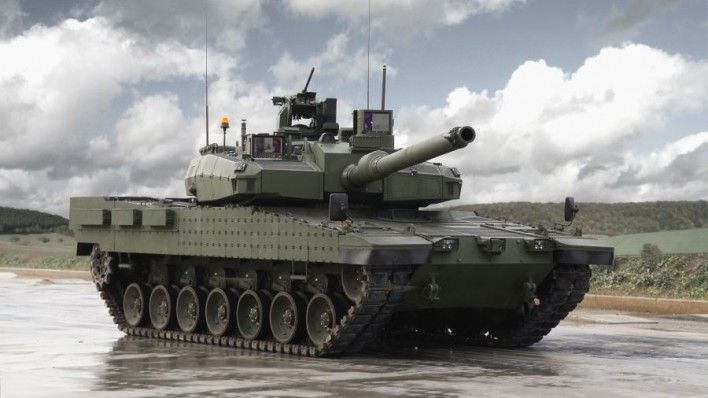
Korean K2 Black Panther MBT is currently operated by the Armed Forces of the Republic of Korea. It is also being offered as an export product to a couple of nations, Poland and Norway included. The K2 MBT design has also become a base platform for the Altay MBT, developed by Turkey, within the framework of the national MBT project.
Turkey and South Korea have been working on the Altay project since 2008, when the contracts were signed, on the design and development of the system and selected sub-systems. For Ankara, the Altay MBT is one of a couple of undertakings, within the scope of modernization of the armored assets. At the time of the project launch, M60T Sabra or Leopard 1 MBT modernization programs were already underway.
Turkey assumed that the know-how and experience gathered during the aforesaid programs will be used in the Altay MBT project. This is why Altay has received the Turkish new generation Volkan fire control system. Volkan was originally developed as a part of an upgrade package for legacy MBTs, such as the Leopard 1. Altay also features a set of domestic optoelectronic sensors, communications systems and fire-control systems. The Turkish defense industry had proper know-how at hand, thus no need emerged to import those types of systems. The integration on Altay was facilitated by the fact that the K2 Black Panther design follows the open architecture assumption, with an option of modifying the optoelectronic hardware.
Meanwhile, Hyundai Rotem was designated as the technical support & assistance provider by Ankara to support the process of design, as well as manufacturing and integration of the Main Battle Tank as an entire system. Furthermore, Hyundai Rotem was also to provide support in establishing domestic, Turkish manufacturing capabilities concerning specific subsystems. This would be done via a transfer of technologies and technical assistances. This happened with support provided by the Republic of Korea government, agreeing to the transfer of key technologies.
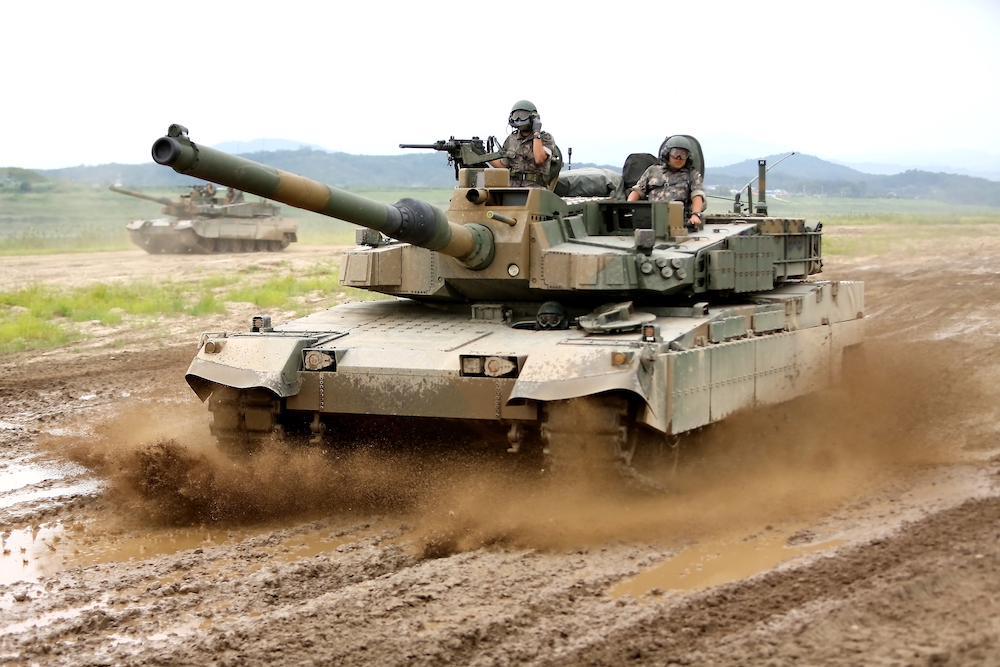
The Turkish industry has received comprehensive technical and manufacturing documentation and technical assistances from Korean engineers for the 120 mm 55 Cal. Main gun for instance. This enables the domestic industry to manufacture the gun, or even export it to the third markets, in collaboration with the Korean partner.
The know-how transfer also covers the capability to integrate domestically-developed elements (supplied by the Turkish industry) on the Altay MBT. This secures Turkey's capacity to upgrade the new tanks in the future.
The armor development and production capabilities were the stages in the Altay MBT R&D project. The development and manufacturing know-how and technologies of special armor has been acquired from South Korea, The manufacturing capacity was being established in parallel to the R&D project regarding the MBT itself. This means that Turkish defense industry is ready to manufacture both the MBT, as well as its key components.
The fusion of the transfer of technology related to the tank, and its components, and the ability to design and integrate its components, made it possible for Turkey to build a tank that would meet the local requirements and conceptual assumptions behind the use of heavy armor. The above entailed quite relevant design changes, in comparison to the standard K2 Black Panther MBT.
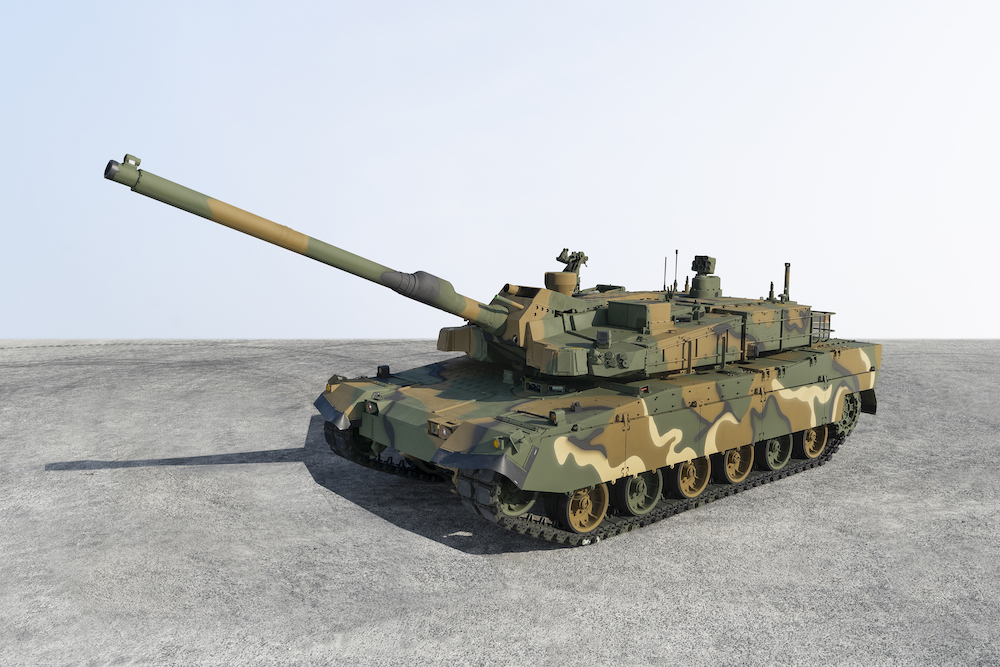
For instance, Altay is operated by a crew of four, different from the Korean design, it has no autoloader system implemented for the main gun. Transfer of Technology for this element was offered, however, Turkey did not decide to acquire this know-how, due to the different operational concept adopted for the use of MBTs. On the other hand, one needs to note that Altay is longer and heavier than the K2, with seven stations of wheels, more than Black Panther's six pairs of wheels. A similar solution - an extension of the MBT's length, and an additional pair of wheels, has been offered to Poland, within the framework of the K2PL program.
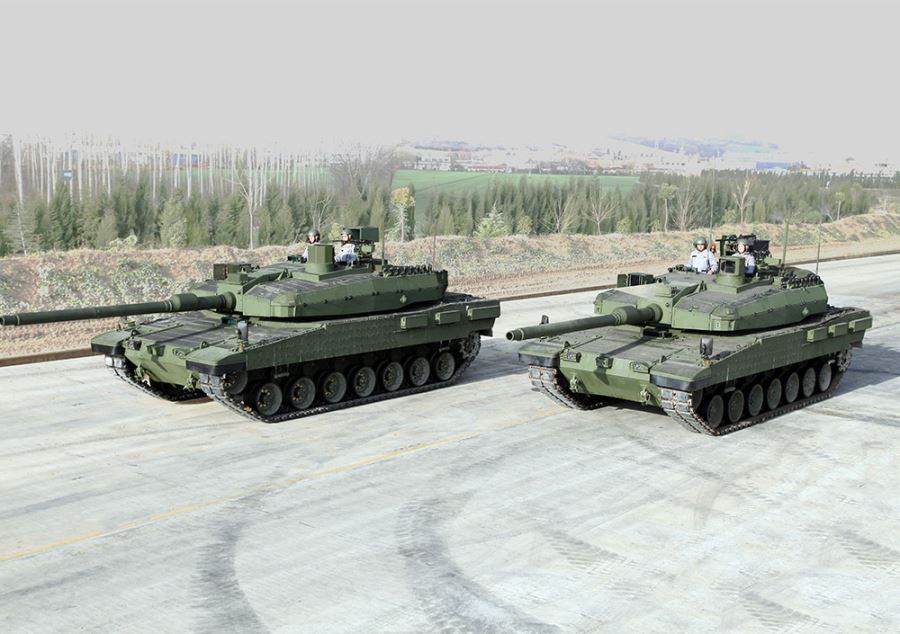
Altay as a Development Study
After the agreement was concluded in 2008, over the first period Altay was being treated as an R&D project (like the one adopted by other nations). First, a review of systemic requirements was carried out, then Preliminary Design Review (PDR) and Critical Design Review (CDR) took place. Then, prototypes were rolled off the production line and underwent testing.
After the tests were completed, a competitive procedure was carried out in Turkey, regarding the manufacturing of the Altay MBT. Due to the specific nature of the Turkish defense industry, several entities could participate in the competitive process, which was to result in the designation of the manufacturing facility. Ultimately, the BMC company was awarded a contract for the first, series manufactured lot of 250 vehicles.
The deliveries were unfortunately delayed, as Germany did not issue consent for the delivery of power-pack components. Currently, Turkey is negotiating a potential delivery of South Korean power-packs. If the negotiation concludes, deliveries may commence. In the longer run, Ankara is planning to develop a power pack of its own, that is to be used in future production lots. Up to 1,000 MBTs could be manufactured within the scope of that project.
One should stress that Turkey has already started development projects, concerning future Altay MBT variants. The first lot of 250 MBTs is to be divided, and it is to include T1 and T2 variants, with the latter being more advanced. Ultimately, the T3 variant is also to be introduced - with an unmanned turret system. This would mark a major technological leap, even in comparison to the earlier variants of the Altay tanks, not to mention the M48/M60/Leopard 1 MBTs the Altay is expected to replace.
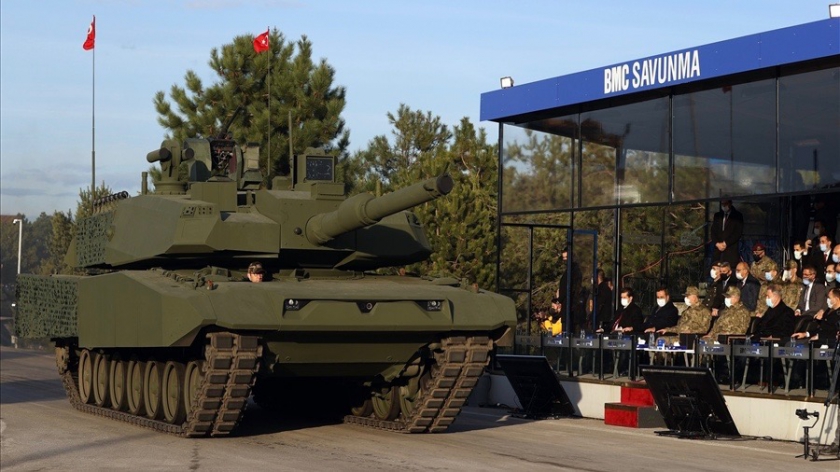
A Turkish Approach to Armor Modernization
Leopard 2 MBT with the Altay's turret was also showcased in Turkey, as an example of an in-depth upgrade of the Leopard 2A4 MBTs (that come from the Bundeswehr's surplus). The majority of those MBTs were delivered to Turkey between 2007 and 2008, at the time when a program was launched aimed at designing a new MBT. Upgrades of the legacy Leopard 1 and M60 MBTs were also underway at the time. The Turkish military launched a comprehensive armored component modernization program during the first decade of the 20th Century. Not only did they address the urgent requirements (by acquiring second-hand MBTs, and carrying out upgrades of the existing MBT fleets), but also at the same time they coped with the long-term issue of developing capabilities by pursuing a national, domestic armor-related development program.
1️⃣ KKK envaneterindeki #Leopard 2A4 tanklarının modern muharebe ortamına uygun olarak yeteneklerini artırma çalışmamız kapsamında @roketsan’daki Balistik Koruma Merkezinde tasarlanıp üretilen zırh paketinin seri üretimine geçtik ve tanklara entegrasyonuna başladık.
— Ismail Demir (@IsmailDemirSSB) June 6, 2021
➡️ @aselsan pic.twitter.com/ZpZDCX43n1
The know-how established through the Altay program is being continuously expanded by the Turkish side. The Altay program may be viewed as an example of the way that may be used to, based on the transfer of technology, establish relevant industrial potential to integrate, manufacture, and develop MBTs, in circumstances in which no previous history of such projects exists, stepping beyond the domain of upgrades related to the existing design.
The Hyundai Rotem representatives stress the fact that cooperation with the Korean partner included both the transfer of technical documentation and design data on the MBT, as well as the know-how on the manufacturing process, design development, and integration of new systems on the MBTs. During the development project concerning the MBT, the teams from Turkey and South Korea were working closely together. This made it possible to transfer the expertise and adopt the MBT design to the Turkish requirements.
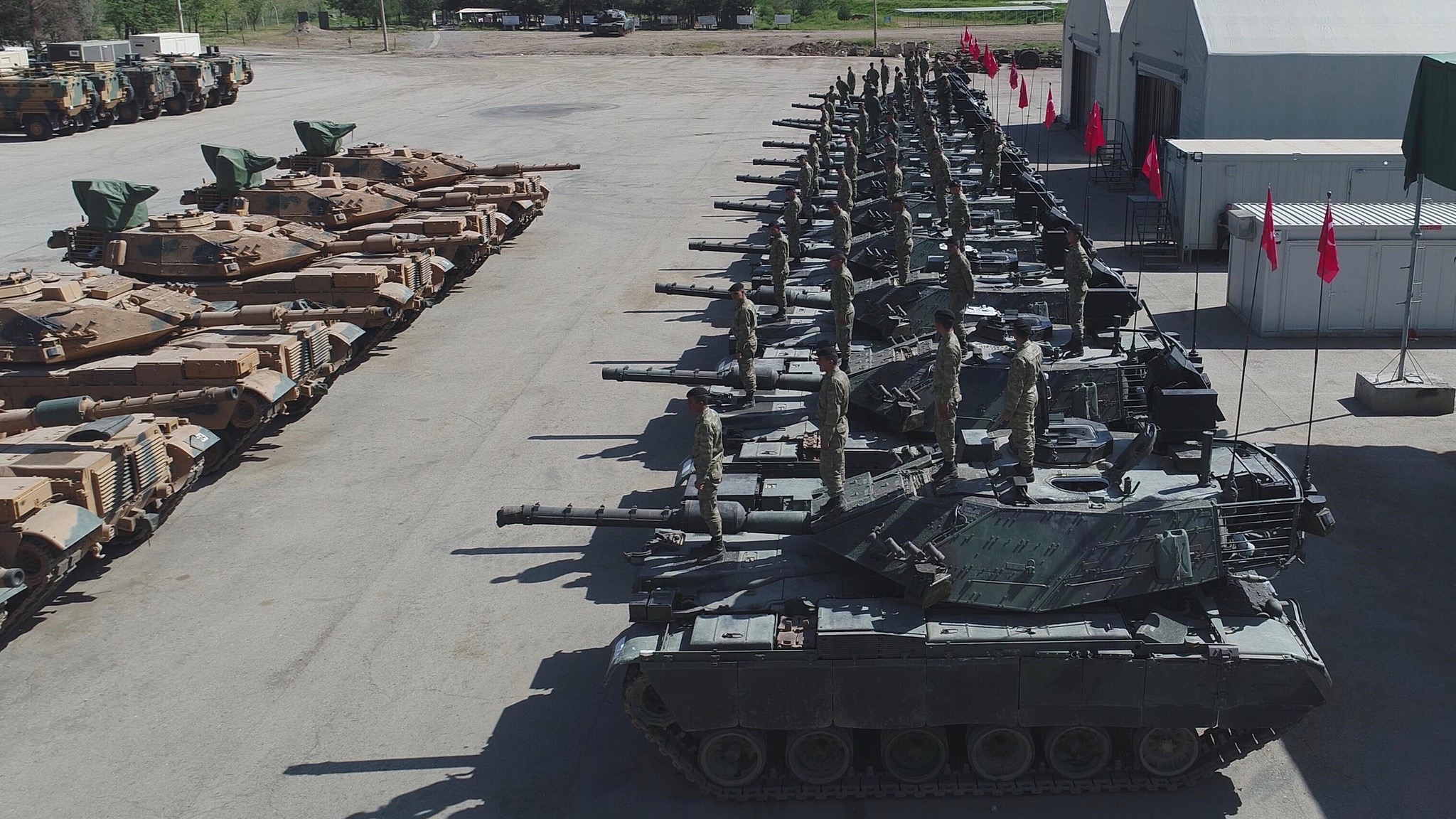
Investments were also taking place simultaneously in Turkey, related to the tank manufacturing capacity (as well as the key subsystems). The investments resulting in establishing Turkish independent industrial capacity were coordinated with the Korean partner, while the transfer of the expertise, also related to the manufacturing processes, was approved by the South Korean government.
Currently, Hyundai Rotem is offering capabilities related to MBTs to potential export customers, including Poland or Norway. This happens in parallel to deliveries of K2 Black Panther MBTs for the South Korean Armed Forces. The company representatives stress the fact that a broad transfer of technology is offered, with customization of the MBT, so that it meets the requirements of the user. Similarly, as in the case of Turkey, a potential to design, manufacture, and develop the MBTs, as well as the capability to manage their lifecycles, could be established in Poland, locally.

WIDEO: Defence24 Days 2025: Premier Defence & Security Conference in CEE